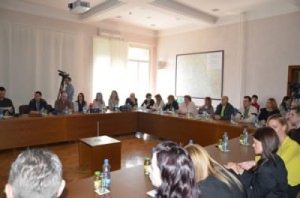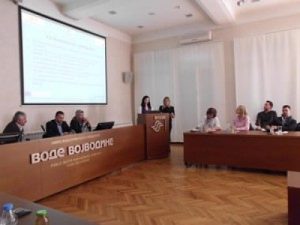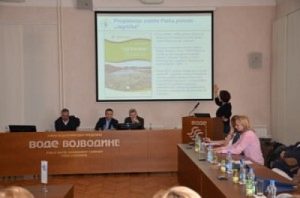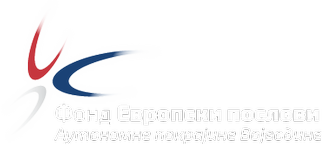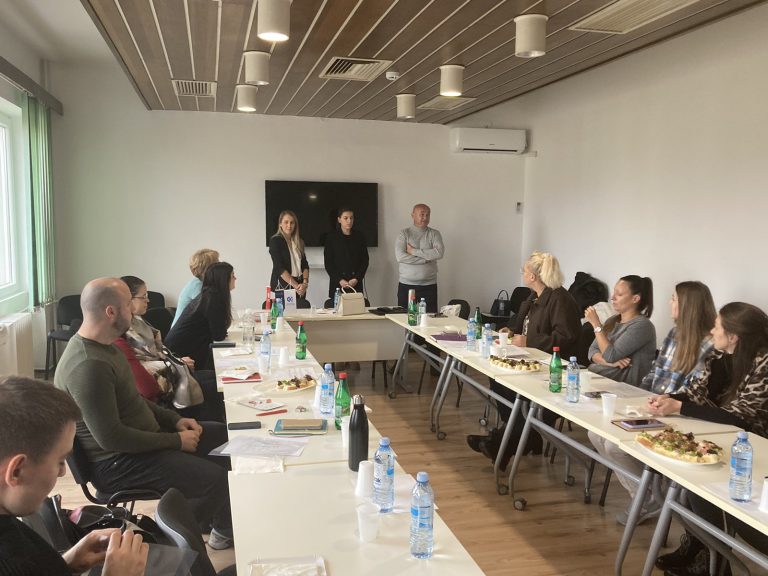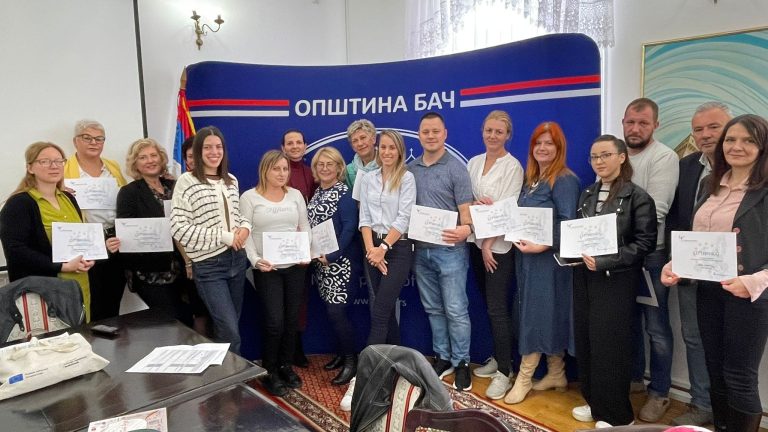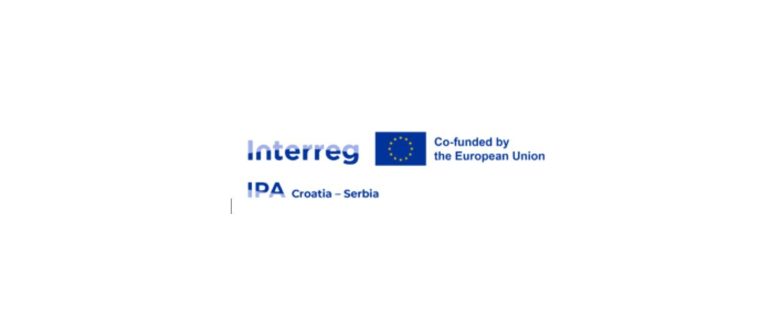A round table within the eWAM Project – Environmental protection
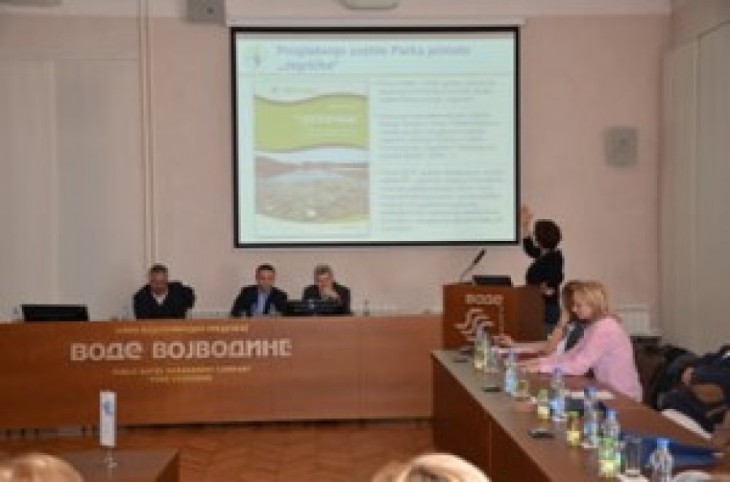
In the framework of the ’’Environmentally friendly water management in plain areas’’ project, co-financed by the EU under the Hungary-Serbia IPA CBC Programme, a round table on environmental protecti
In the framework of the ’’Environmentally friendly water management in plain areas’’ project, co-financed by the EU under the Hungary-Serbia IPA CBC Programme, a round table on environmental protection was held on 27th March 2014. The aim was to focus on the Jegrička as a protected area unique in the territory of Vojvodina for its flora and fauna and on the works on its watercourse aimed at conserving the existing eco-system.
The works within the project, implemented jointly by two water-management companies “Vode Vojvodine“ and ATI-VIZIG from Hungary and the European Affairs Fund of AP Vojvodina, involved the dreding of the Jegrička section in Temerin Municipality covering a length of around six kilometres between Zmajevo and Sirig. It allowed better waterflow and water quality for the living world in that waterbody and it provided preconditions for efficient flood protection. The works were particularly important since that area of Jegrička had not been dredged for over 30 years. The removal of sludge and excessive water vegetation from the riverbed was finalized at the end of last year, while the spreading of sludge was planned for the spring of 2014 and its finalization was expected in June the latest.
Parallel to the works, the Faculty for Sciences, the Department for Chemistry, Biochemistry and Environmental Protection monitored the quality of water and sludge. Two phases of the activities were done before the start of the works and during the works. The round table topics involved the horizontal and vertical distribution of polluters, status and trend of sediment quality, i.e. goal values, maximum allowed concentration and remediation value. The results of the monitoring showed that the concentration of polluting substances in the sediment were at the level of natural background and that the sediments could be dislocated without special measures of protection. The third phase of the monitoring was expected after the completion of sludge spreading. The attendees were informed about the statement of the professional supervisory group that the dredging of the Jegrička watercourse had been done in compliance with the project and Decision on the Conditions and Measures of Nature Protection of the Institute for Nature Conservation of Vojvodina Province and that the monitoring had been done in accordance with the contract between the European Affairs Fund of AP Vojvodina and the Faculty of Sciences.
The conclusions of the round table indicated the fact the important steps to be done involved regular watercourse dredging and removal of excessive phytomass which should be dislocated as far as possible from the watercourse. Moreover, it was necessary to develop a biofield system (water purification plants to purify industrial and urban wastewater) and rationalise the use of water, implement, under strict control, the water-management measure of water dilution when the hydrological conditions allowed so, because inadequate watercourse maintenance, with a steady increase in sludge quantity and water plant mass forming “plugs” and thus reducing the channel surface profile and water flow were the reasons why some watercourse ecosystems had become a type of pond-swamp. The next round table on the EU directives on water protection, to be organised by the European Affairs of AP Vojvodina, was planned for the end of May 2014.
